Dirt: The Filthy Reality of Everyday LifeElizabeth Pisani, Rose George , Rosie Cox Our relationship with dirt is complex and ambivalent. Dirt is waste, excrement, rubbish, bacteria—but what then is soil, where crops grow, and to which our bodies eventually return? Dirt may pose significant risks to our health, but it is also vital to our existence.
Lavishly illustrated, this exciting and often startling book is a provocative introduction to a vast and complex subject. Five writers and a graphic novelist pursue different themes from a range of perspectives in order to examine dirt and its contradictions, including personal grooming, the politics of dirt in the home, city sanitation, and waste disposal. Suspensions of Perception: Attention, Spectacle, and Modern CultureJonathan Crary "Crary is the historian-philosopher of our spectacle lives." — Artforum
Suspensions of Perception is a major historical study of human attention and its volatile role in modern Western culture. It argues that the ways in which we intently look at or listen to anything result from crucial changes in the nature of perception that can be traced back to the second half of the nineteenth century.
Focusing on the period from about 1880 to 1905, Jonathan Crary examines the connections between the modernization of subjectivity and the dramatic expansion and industrialization of visual/auditory culture. At the core of his project is the paradoxical nature of modern attention, which was both a fundamental condition of individual freedom, creativity, and experience and a central element in the efficient functioning of economic and disciplinary institutions as well as the emerging spaces of mass consumption and spectacle.
Crary approaches these issues through multiple analyses of single works by three key modernist painters—Manet, Seurat, and Cézanne—who each engaged in a singular confrontation with the disruptions, vacancies, and rifts within a perceptual field. Each in his own way discovered that sustained attentiveness, rather than fixing or securing the world, led to perceptual disintegration and loss of presence, and each used this discovery as the basis for a reinvention of representational practices. Suspensions of Perception decisively relocates the problem of aesthetic contemplation within a broader collective encounter with the unstable nature of perception—in psychology, philosophy, neurology, early cinema, and photography. In doing so, it provides a historical framework for understanding the current social crisis of attention amid the accelerating metamorphoses of our contemporary technological culture. Saints Preserved: An Encyclopedia of RelicsThomas J. Craughwell A finger, a lock of hair, a crucifix, a chalice—if such items belonged to a saint, they are considered to be relics and as such are venerated by the Catholic Church. Anyone who thinks that relics are remnants of the Middle Ages should log on to eBay. On any day of the week the online shopper will find a thriving business in the sale of these items, ranging from the dust from the tomb of Christ to splinters of the True Cross to bone fragments of countless holy men and women. In Saints Preserved: An Encyclopedia of Relics, author Thomas J. Craughwell takes us on an exhilarating journey through the life and death of more than three hundred saints and along the way enlightens us about the sometimes strange bits and pieces that the saints left behind.
Including entries on the famous (Saint Peter, Saint Francis, Saint Thérèse of Lisieux) and the not so famous (Saint Foy, Saint Sicaire, Saint Chrysogonus), Saints Preserved also features information on such notable relics as the Holy House where Jesus, Mary, and Joseph lived; the Crown of Thorns; the Holy Grail; and the seven places that claim to possess the head of Saint John the Baptist—among them a mosque in Damascus. Moreover, this book includes major relics that are enshrined in the United States—for example, the complete skeleton of the Roman martyr Saint Vibiana enshrined in a cathedral in Los Angeles.
From the extraordinary Aachen relics to the remains of Saint Zita, Saints Preserved is an indispensable compendium for spiritual seekers, history buffs, and anyone interested in deepening their understanding of the Catholic faith. | Death and ArchitectureJames S Curl Richly illustrated with over 350 photographs, plans and engravings, this fascinating and unusual book examines the importance of funerary architecture in the development of architectural style. It reveals many hidden wonders and beauties throughout the world. The Victorian Celebration of DeathJames Stevens Curl In this beautifully illustrated and well-researched book Professor Curl has rescued much fascinating material from undeserved oblivion, and his work fills a genuine gap. From humble working-class exequies to the massive outpouringof grief at the State funerals of Wellington and Queen Victoria herself, The Victorian Celebration of Death covers an immense canvas. It describes the change in sensibility that led to a new tenderness towards the dead; the history of the urban cemeteries with their architecture and landscapes; the ephemera of death and dying; State funerals as national spectacles; and the utilitarian reactions towards the end of the nineteenth century. Combining wit with compassion, Curl wears his learning lightly, and his taste for the eerie is delicately balanced by this literary personality. He has resurrected many valuable and extremely interesting aspects of nineteenth-century attidues to death and the disposal of the dead; Curl's achievement is as well-ordered as any sumptuous funeral, and is lucid as well as entertaining, with many surprises and assiciated delights. Medicine in ArtGiorgio Bordin Laura Polo D'Ambrosio This abundantly illustrated volume offers an exploration of the depictions of illness and healing in Western artworks that range from Egyptian wall carvings to medieval manuscripts, and from paintings and sculpture by the great masters of the Renaissance such as Michelangelo and Leonardo da Vinci to twentieth-century artists such as Matisse and Magritte.
Thematic chapters cover the examination of patients and their various maladies including disabilities and mental illnesses; healing and medical treatments; and the sufferings of patients and their hopes for cures and recovery. Psychological anguish—as represented in The Expulsion of Adam and Eve by Masaccio and Munch’s The Scream—is treated along with the physical manifestations of pain.
This volume, the seventeenth in the popular Guide to Imagery series, offers analyses by both an art historian and a practicing physician who comment, respectively, on the cultural context in which specific artworks were created and the level of technical knowledge available at that time, an approach that makes for a fascinating look at a topic that has figured frequently in the Western artistic tradition. |
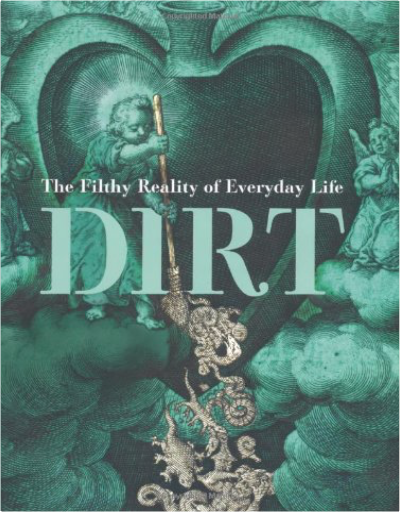
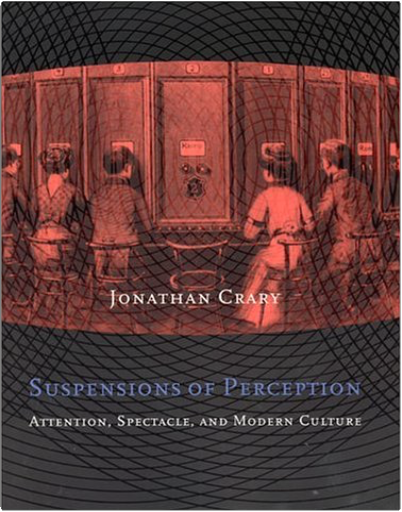
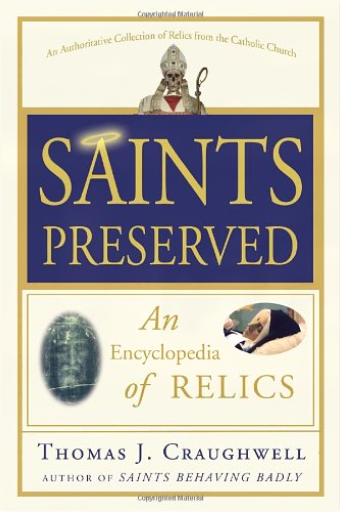
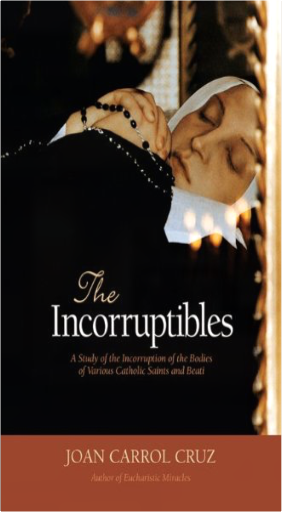




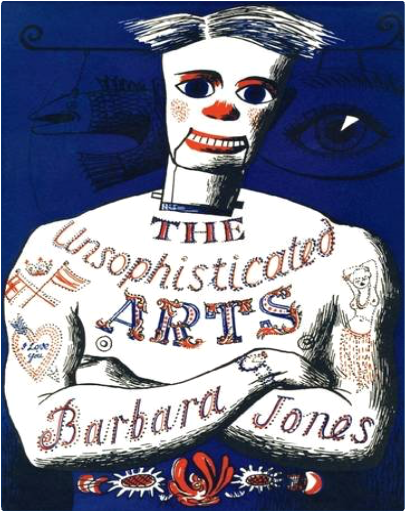

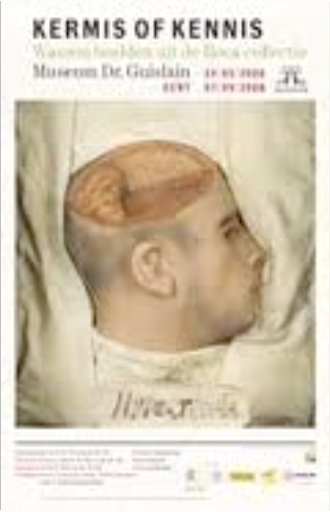
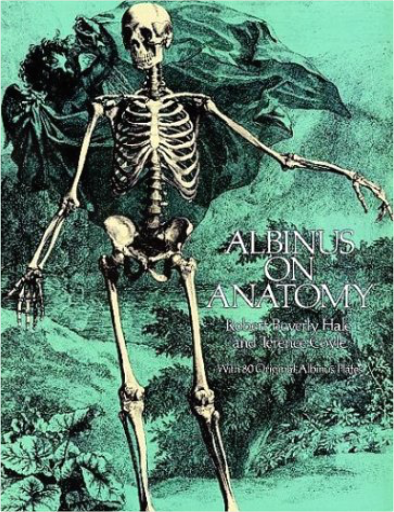



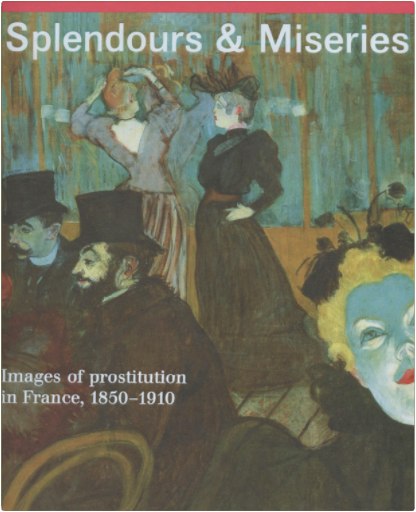
 Made with Delicious Library
Made with Delicious Library